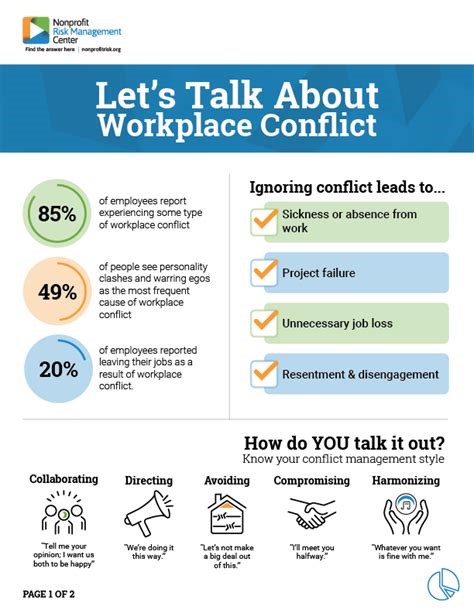Let’s face it; conflict at work is pretty much a given. But here’s the good news: handled right, it doesn’t have to tear a team apart. In fact, a bit of tension can actually spark innovation, better teamwork, and fresh ideas. It’s all about how leaders step up and manage it.
Spotting Conflict Before It Blows Up
The earlier you notice conflict, the better. Maybe you catch a shift in team vibes, a drop in communication, or tension you can almost feel in the room. These signs are gold: they give leaders a chance to act before things spiral. The causes are usually familiar: clashing priorities, fuzzy roles, stretched resources, or different work styles.
Conflict isn’t always the bad guy. Sure, if ignored, it can mess with productivity and morale. But tackled early and thoughtfully, it can bring clarity, energy, and a stronger sense of direction.
How to Handle Conflict Without Making It Worse

Smart leaders don’t just dive in blindly. They come to conflict with a plan:
- Get Prepared: Figure out what’s really going on. Who’s involved? What’s at stake? Getting a full picture keeps things fair.
- Dig Deeper: One-on-one chats can uncover what’s bubbling under the surface; whether it’s frustration, misunderstandings, or deeper emotional stuff.
- Pick the Right Strategy: Sometimes a casual conversation does the trick. Other times, you might need mediation or a proper sit-down. The goal is open, honest talk, not finger-pointing.
- Lay Out a Plan: Agree on steps everyone will take, set deadlines, and check back later. No “resolve and forget” here.
Emotional Smarts Matter

Dealing with conflict isn’t just about strategy, it’s about heart. Leaders need to manage their own emotions and really listen to others. Staying calm, showing empathy, and keeping judgment out of it makes a huge difference.
At the same time, leaders should protect confidentiality, stay neutral, and explain processes clearly. These little things build the kind of trust that makes teams want to solve problems together.
Helping the Team Bounce Back
The real magic happens after the dust settles. Here’s how leaders can help teams heal and thrive:
- Talk It Out: Reflect on what happened and what everyone can learn.
- Set Clear Expectations: Make sure everyone knows their role and what’s expected moving forward.
- Keep Talking: Build a culture where giving feedback is normal and safe.
- Celebrate Wins: Even small improvements deserve a shout-out. It shows growth matters.
Stories from the Real World
Take one marketing team: two members butted heads, one loved creative ideas, the other lived by deadlines. After a leader-led chat, they agreed to balance brainstorming with project timelines. Result? Less tension, better work.
Or consider a hotel guest complaint that spiraled when staff got defensive. Once the team shifted to truly listening and apologizing sincerely, they turned a negative experience into a customer win. Plus, they improved their service approach long-term.
Wrapping It Up
Conflict isn’t something to fear. It’s a chance to lead better, communicate clearer, and build stronger teams. Leaders who address issues early, listen well, and guide recovery set their people up for real success. Conflict, when handled right, isn’t a roadblock – it’s a launchpad.

